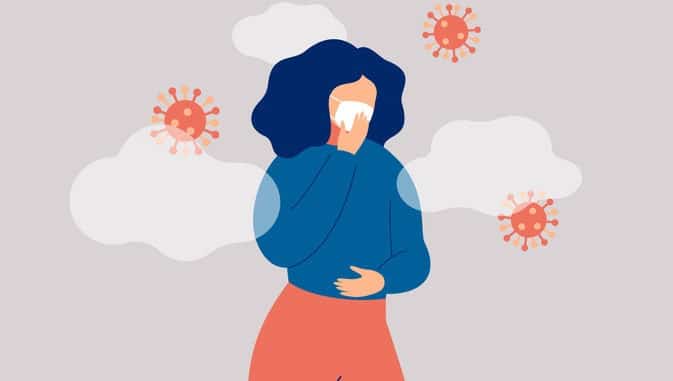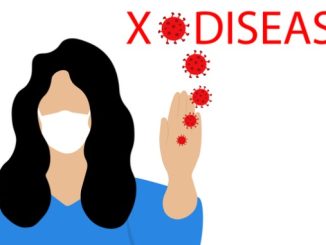
Provisional data from the first wave in England show that doctors were particularly hard hit by illness, as John Appleby explains
CREDIT: This is an edited version of an article that originally appeared on The BMJ
How have NHS staff coped faced with thousands of patients with a novel, and highly infectious virus, and massive upheavals in their working environment? Over the preceding decade, rates of sickness absence among staff directly employed by the NHS in England have been fairly stable; sickness absence rates averaged about four per cent of the workforce each month (about 1.5m days out of about 38mtotal days contracted), with usual seasonal trends – equivalent to about 50,000 full-time equivalent staff being off each month.
But last year was far from ordinary. Provisional statistics from NHS Digital show that although sickness rates in January and February 2020 were similar to the average for the previous decade, in March they began to rise above the 10-year average, peaking in April at 6.2% of the workforce absent each month. This is equivalent to about 79,000 full-time staff absent each month – enough for 10 large hospitals.
The ‘excess’ sickness absence between March and June is likely to include not only staff with confirmed COVID-19 but also staff isolating with potential or suspected infection. But total days lost for infectious disease reached almost one million in April last year. The monthly average over the previous five years was just 25,000.
NHS staff sickness absences varied geographically, reflecting the sweep of the pandemic across England. In London, absence rates rose faster, slightly earlier, and to a higher peak than in other regions.
Compared with April 2019, total sickness rates were substantially higher for all staff in April 2020. Doctors’ sickness rates – traditionally lower than those for other staff groups – rose the most, from 1.3% to 3% absent each month. In April, half of all doctors’ absences were due to COVID-19; for foundation year one doctors, this figure was 67%, with 4,552 days lost because of COVID-19 out of a total of 6,817 sick days.
In total, for all NHS staff, last year 1.7m days’ work were lost because of absences related to COVID-19 between March and September alone – an average of over 240,000 a month – and, tragically, many hundreds of NHS staff have died with COVID-19, including at least 35 doctors.
The latest NHS Digital data show a rise in absences in all regions and staff groups, and in infectious disease as the reason. Figures covering the second wave of the pandemic, when the health service and its staff were under even more pressure than in the first wave, won’t be available for another two months. However, other data collected by NHS England related to COVID-19 – unfortunately, not directly comparable with the NHS Digital data – indicate that sickness absences rose again in the second wave of the pandemic but by 6 January 2021 they had not reached the levels recorded last April.
It may be that lessons from the first wave – more access to effective personal protective equipment and better infection control – have helped keep staff safer.


Be the first to comment